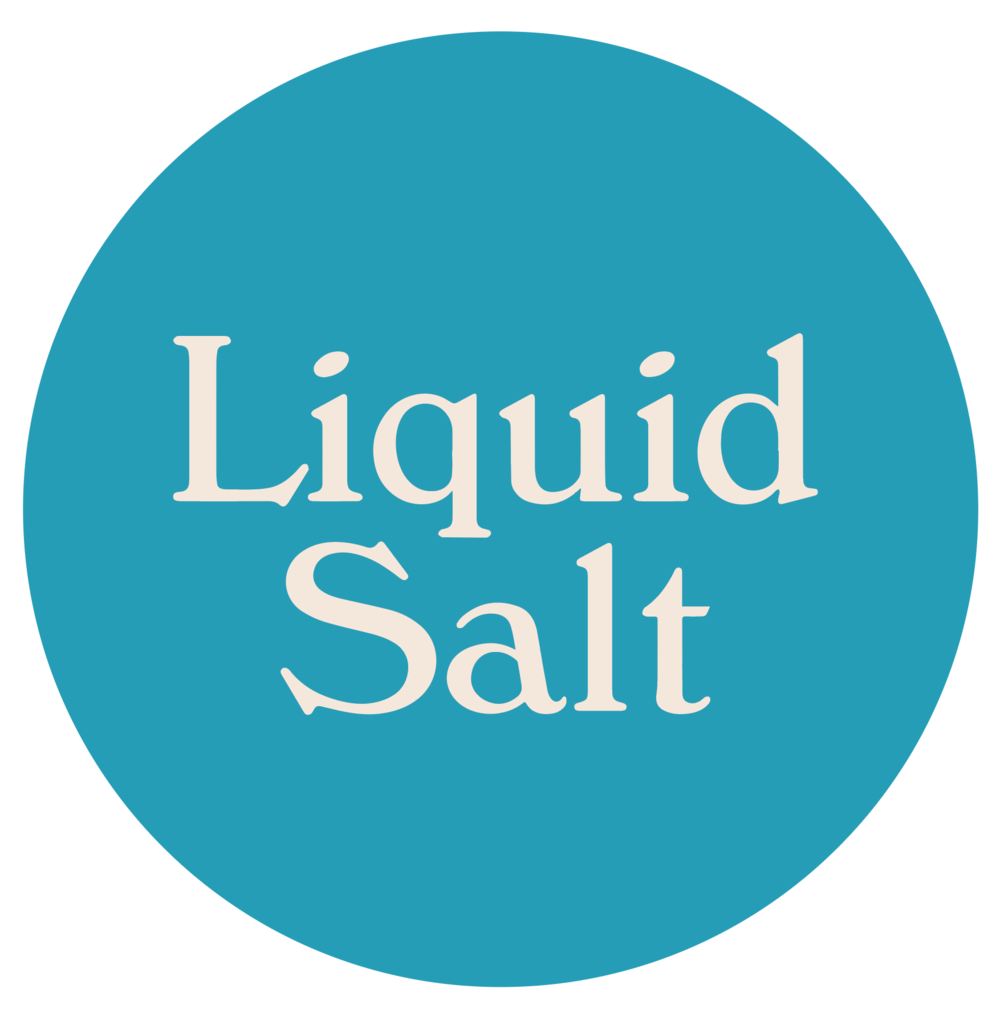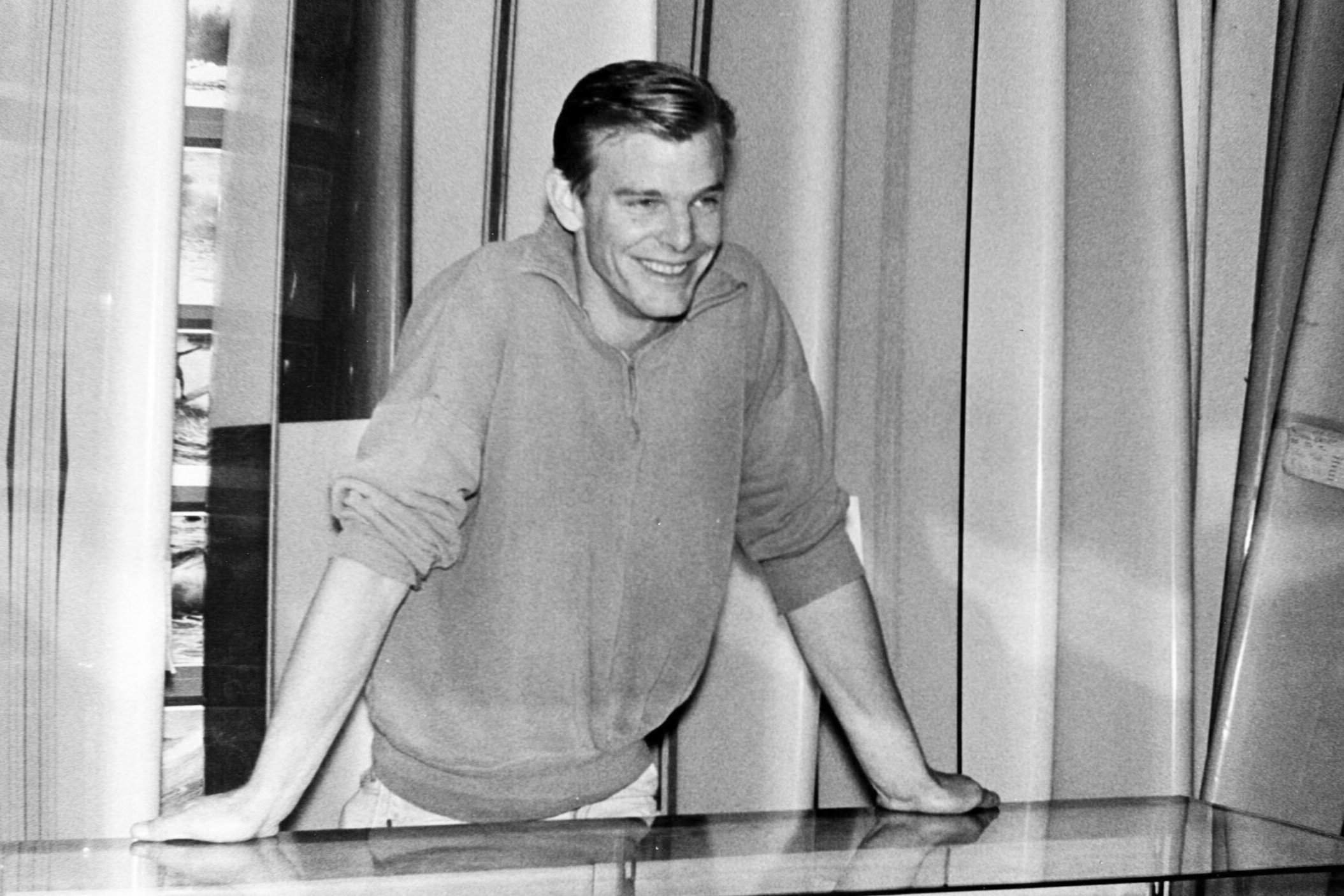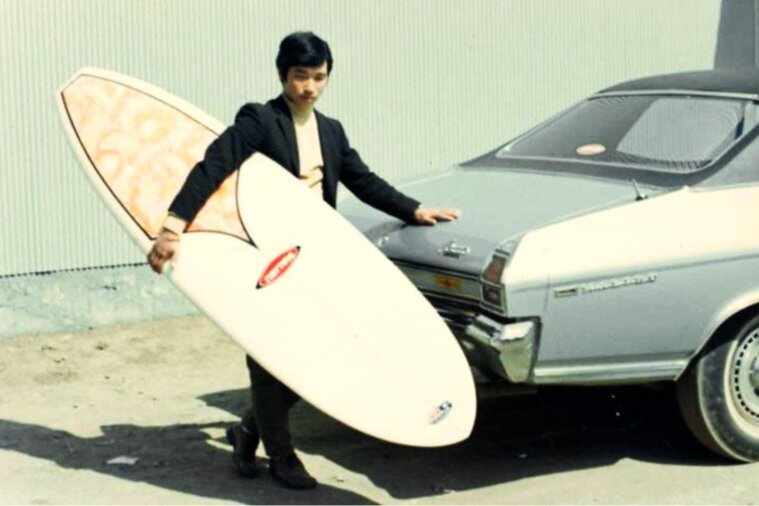Tak Kawahara
Interview by Glenn Sakamoto
Tak Kawahara pictured with his Skil planer.
Tak Kawahara is a shaper and entrepreneur from Los Angeles, California. He started surfing in 1957 and began his shaping career at Con Surf House (later changed to Con Surfboards) in Santa Monica. Tak was also a member of the Con Surf Team along with Ernie Tanaka, Gary and Roy Seaman, Corny Cole and Bill Cleary. His mentors included Con Colburn, Tom Flaherty, Dewey Weber, Greg Noll, Hap Jacobs, and Tom Morey. Throughout his career he worked side-by-side with shapers and close friends Carl Ekstrom, Harold Iggy, Donald Takayama, George Bartell, and Wayne Land. He was named the “Father of Japanese Surfing” (being the first to pave the way for surfing in Japan and grow the market), was the co-owner of the wholesale operations for the Town and Country brand, and is a recent inductee to the Surfboard Builders Hall of Fame.
Tak Kawahara was born in 1940 to American parents of Japanese ancestry and grandparents who migrated to Hawaii from Japan before relocating to Southern California. His family was interned in the U.S. concentration camps during World War II and after the war ended, and with little money, first settled in Watts, a suburb of Los Angeles. Tak’s parents later bought a home in the Japanese-American working class neighborhood of West LA, in the Sawtelle District area.
In his youth, along with his friends, Tak would ride his bicycle a few miles west to the beaches of Santa Monica. It is here that he would begin his love affair with the ocean and would master the basics of body surfing and bodyboarding.
Following the attendance of a mostly Japanese-American elementary school in his neighborhood, Tak would later transfer to an almost all-white Ralph Waldo Emerson Junior High, located in the affluent area of Westwood. With the help of his friend Lee Greer, Tak was graciously introduced to future television and entertainment stars such as Nancy Sinatra, Kathy “Gidget” Kohner, Jan Berry and Dean Torrance, Ryan O’Neal, James Brolin, and Bruce Johnson, keyboardist for the Beach Boys.
The Con Surf Boards Surf Team pictured in a Con Surfboards advertisement. Photo by Don James.
Tak struck up a friendship with famed surfer Kemp Aaberg at Emerson and later at Uni High where they became members of the school’s track and field team. Tak was a sprinter, and Kemp, a pole vaulter.“Kemp was a hell of an athlete. He was so good, he became one of the premier pole vaulters in the city finals that year” he recalls.
Although Kemp was already a regular at Malibu, Tak spent time improving his surfing skills at other surf spots until he was ready to keep company with the likes of Miki Dora, Lance Carson, and Johnny Fain.
“One day Con asked: ‘Have you ever tried to repair your own board?’ I answered, ‘No.’ Con replied: “Well then, would you like to learn?” This would become Tak’s first introduction to the craft of surfboard making.
It was at Malibu where Tak met Dave Rochlen who nominated him to join the Malibu Surfing Association. The club had a roster full of some of the top surfers in the Malibu area and held the biggest club surfing contest around: The Malibu Invitational Surfing Contest. Competing clubs included the following surfing associations: Windandsea, Bay Cities, Long Beach, Newport, and Hope Ranch. Their rosters had the top surfers at the time – a real who’s who of surfing. In the end, it was always a battle between Malibu and Windandsea for the winner.
Tak was first introduced to surf shop owner Con Colburn by his schoolmate, Carol Arnell. When he was ready to buy his first new board, Con recommended a 9’8” Hobie surfboard. Before Con started building boards under the Con brand, he built Hobie boards under agreement from Hobie. At first, Tak thought it might be too big for him, but Con insisted. Con believed that when it came to boards, “A board with a little extra length was better for paddling and easier for catching waves.”
Tak would develop a friendship with Con that would later prove fortuitous. “One day Con asked: ‘Have you ever tried to repair your own board?’ I answered, ‘No.’ Con replied: “Well then, would you like to learn?” This would become Tak’s first introduction to the craft of surfboard making.
Photo of Con Colburn in his shop by LeRoy Grannis.
“Unlike today, you couldn’t start out as a shaper. It was like being a longshoreman – you began training at the repairing level, learning to work with all the materials like fiberglass, resin, colors, etc.” Tak quickly learned to repair balsa boards and polyurethane foam boards. After his stint doing repairs, he advanced to laminating, hot coating, sanding and learning to gloss and polishing boards. Eventually landing a shot at learning how to shape in 1961, Tak recalls that foam boards proved challenging than working with balsa: “If you applied the same planer strokes on a foam board as a balsa one – you could easily over shape the thickness, rails, etc!”
“We usually camped out at 39k, which had a great break and on the right tide, walking over to 38.5k which had a great point break. Of course, there were a couple of other great breaks down the coast towards Ensenada, a point break called Isador Reef.”
“Working for Con was like holding a regular day job,” Tak remembers. “Con literally had a time clock – you would clock in in the morning and out at night.” He continues, “Con knew at an early age what he wanted to do: To go surfing and to build surfboards. However during slow times we would take a week break and go camping down in Baja California at a time when very few surfers were venturing down across the border. We usually camped out at 39k, which had a great break and on the right tide, walking over to 38.5k which had a great point break. Of course, there were a couple of other great breaks down the coast towards Ensenada, a point break called Isador Reef.”
When asked about the Con Surfboards brand, Tak replied, “There were competitors in LA like Dave Sweet, Tom Fleherty, and Dewey Weber but back then surfboard shops were like liquor stores. If you could walk to it or it was a short drive there – that was your shop.”
Tak has been named “Father of Japanese Surfing.
According to Tak, Con was a visionary. “He wanted to create a surf magazine before John Severson came out with Surfer magazine. Con came up with the idea of a surf team but when Dewey’s own surf team was featured in the Surfer magazine, that really ticked Con off because he was beaten to the punch.” Con was also inventive, in the ‘70s he would go on to establish Control Products, a company that produced innovative surf accessories, wax, and skateboard gear.
When asked about his experience working for Dewey Weber, Tak answers, “Working with Dewey was a completely different experience. If the waves were pumping, you would drop everything and go surf. It was all good but you had to come back and finish the day’s work. There were times Dewey and several of us would jump in Dewey’s van and head off to Trestles or in the winter we would head up to either Mammoth or the local mountains to ski. In those days, there were a lot of surfers that would crossover from surfing, skateboarding or skiing. It was the perfect atmosphere of combining work with surfing.”
There were top surfers/shapers passing through frequently: George Downing, Phil Edwards and several others and when they did, it was an exchange of surfboard shape concepts and new templates drawn right on the concrete floor.
Working with Greg Noll was different, but the shaping was a great experience. Greg had innovative features, such as fancy wood inlays and shapes such as the Miki Dora model. There were top surfers/shapers passing through frequently: George Downing, Phil Edwards and several others and when they did, it was an exchange of surfboard shape concepts and new templates drawn right on the concrete floor. “It was a great education,” Tak says.
At the Tom Morey factory in Ventura, it too was a combination of work with surfing. “It was fun for me because my good friend (and surf legend) Bob Cooper, was the manager. The shaping stalls had a big sliding wood door that we could open and look right at C Street and check the waves,” Tak adds. Besides being one of the top surfers of his era, Tom was highly intelligent with an engineer mind and he developed some of the most innovative surfing and bodyboarding products still on the market today.
Pictured clockwise with Tak Kawahara: Donald Takayama, Dewey Weber, Danny Aaberg, Hap Jacobs, and Greg Noll.
At the Jacobs factory, “Hap was one of the true good guys around and his concern for quality was legendary. I really enjoyed my time there because it was Jacobs Surfboards and I got to work alongside my close friends Donald Takayama and Robert August. Robert took care of the retail shop in the front of the building. One day, Robert was telling me that he and Mike Hynson were going on a worldwide moviemaking tour with Bruce Brown. I thought to myself this could be a super cool trip. And as everyone knows, it was to become “Endless Summer,” the most iconic surf movie of all time.”
“In my shaping career, I have to mention it was truly a great honor and experience to have shaped alongside Harold Iggy, Carl Ekstrom, and Donald Takayama. In my opinion, these three are the best surfboard designers and shapers of our time.”
Tak concludes, “In my shaping career, I have to mention it was truly a great honor and experience to have shaped alongside Harold Iggy, Carl Ekstrom and Donald Takayama. In my opinion, these three are the best surfboard designers and shapers of our time.”
When asked the question of what he considers special about surfing, Tak replies, “I’ve heard many guys get asked that very same question and their answers were always beautiful and poetic. Me? I just don’t have the words like they do.”
When pressed to give an answer, Tak pauses a beat and says, “When you paddle out, you’re doing it on your own power. That gives you this feeling of independence and freedom. And when you catch your first wave – man, it’s just the best feeling in the world. It’s a magic carpet ride.”
To learn more about Tak Kawahara, find his entry at the Encyclopedia of Surfing or follow his Thrilla clothing brand on Instagram.





